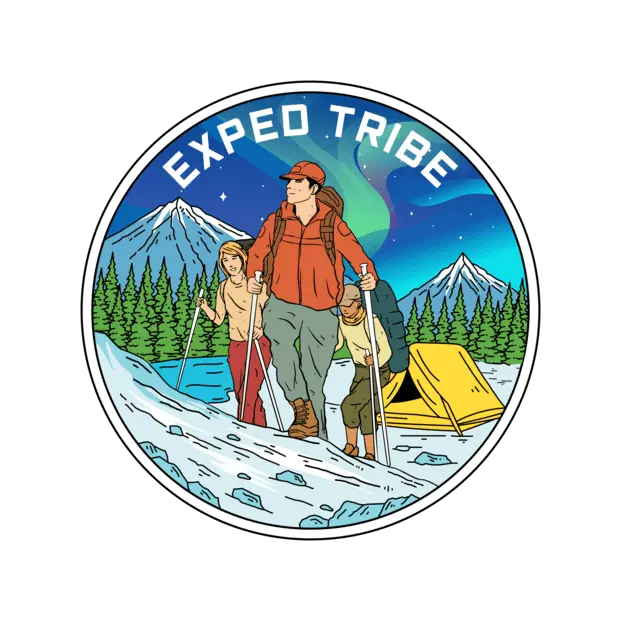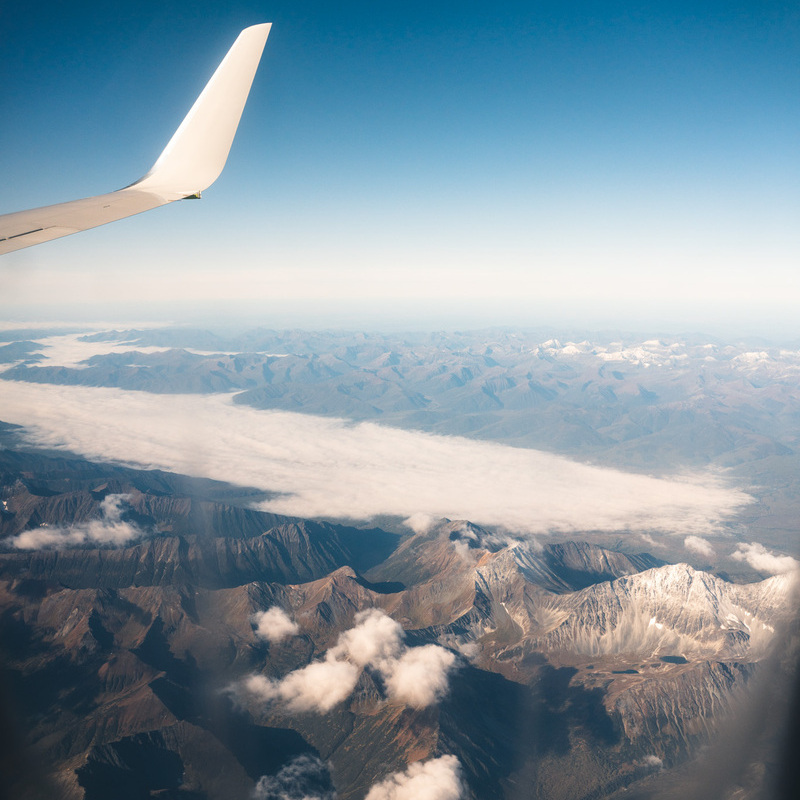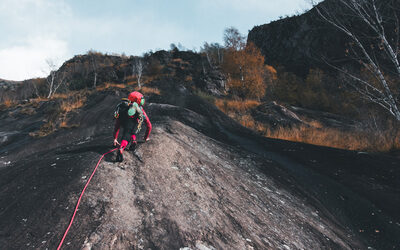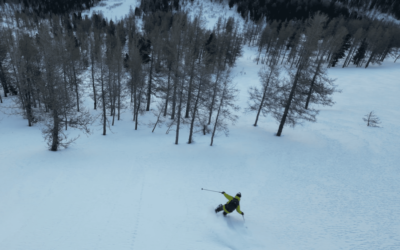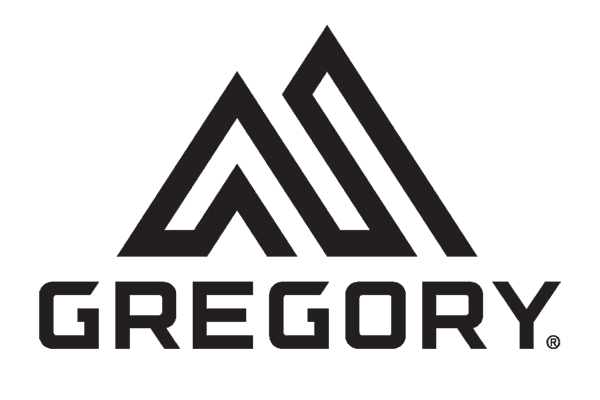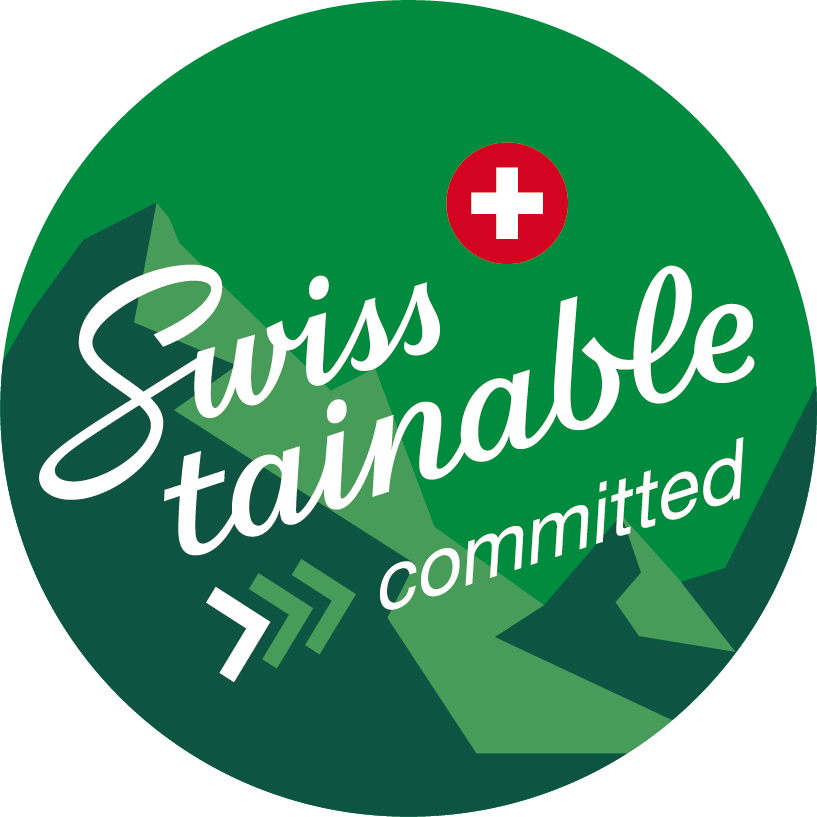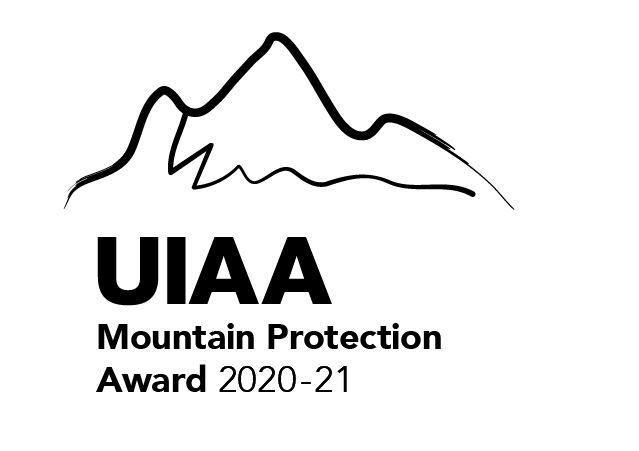ACONCAGUA Climb
Trip type: High altitude mountaineering
Duration: 20 days
Height: 6961 m
Country/Region: Argentina, Andes
Price: from 5’800.00 CHF/p.P.
Participants: 3-6
Dates
or on request
The Aconcagua, also known as the “stone guardian” in Quechua, is the highest mountain in the Americas and one of the coveted Seven Summits. It is often attempted by ambitious high-altitude mountaineers after climbing Kilimanjaro in Africa. Thanks to the technically easy normal route, when climbing Aconcagua the focus can be placed entirely on good acclimatization in order to increase the success rate.
Requirements:
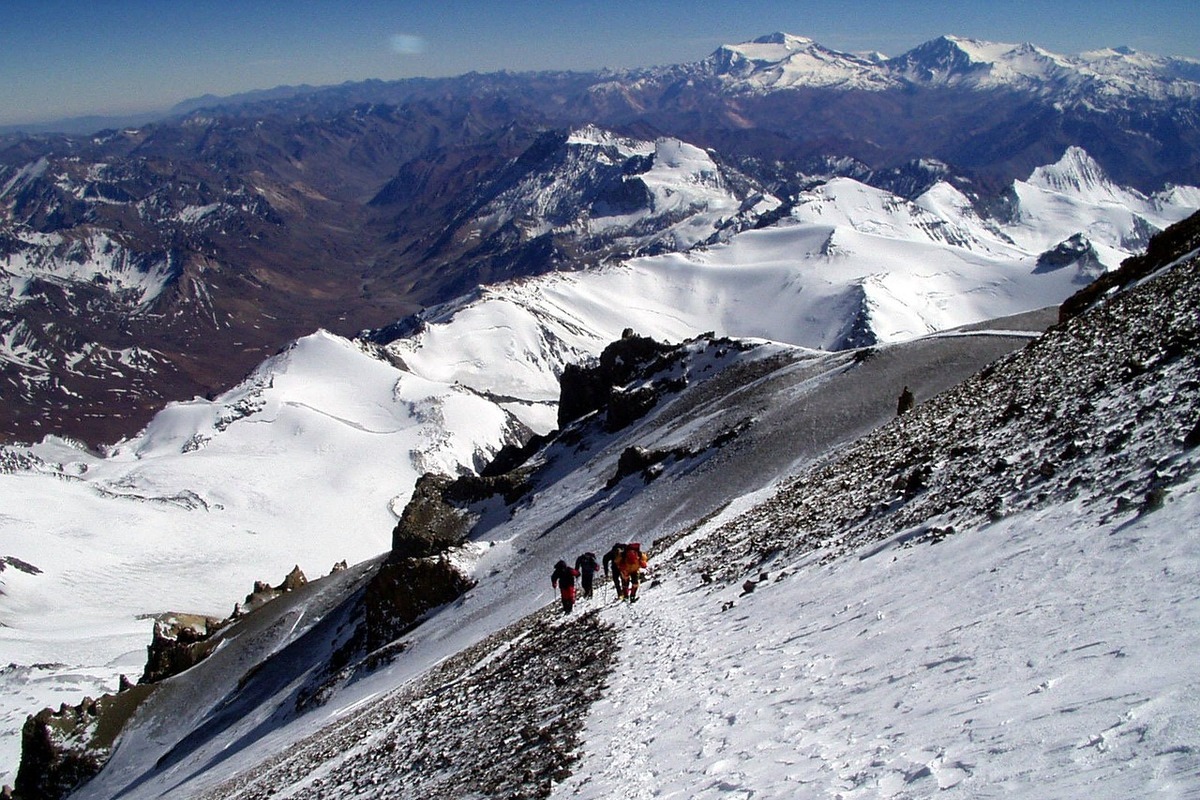
Climb

Fitness condition: Medium. Technique: Easy
Wild Camping

Experience advantageous
Adaptability

Necessary. Real adventurers are needed here!

Good Fitness niveau
Aconcagua Climb – Your expedition on the highest mountain in America and one of the Seven Summits
Cerro Aconcagua, which at 6,959 meters above sea level is the highest peak on the American continent, rises majestically in the skies of the Andes. It is located entirely in Argentina, just a few kilometers from the Chilean border, and attracts mountaineers from all over the world. Rooted in its volcanic origins, this giant is made up of sedimentary rock, huge scree fields and extensive glaciers. The snow line is close to 4,800 meters and the river of the same name rises from its slopes, flowing into the Pacific Ocean after some 260 kilometers. Since 1983, the area surrounding the mountain has been designated as a nature reserve within the “Parque Provincial Aconcagua” in the province of Mendoza.
The Aconcagua is often considered after an ascent of the Kilimanjaro in Africa. The reason for this is that it is an almost 7000m high mountain with few technical difficulties on the ascent. The mountain is therefore also suitable for mountaineers who have less experience in the technical use of crampons and ice axes. The Aconcagua is also one of the Seven Summits, so the aspiring Seven Summit “collector” can conquer one of the highest peaks on the seven continents.
On January 14, 1897, an expedition led by E. Fitzgerald reached the summit for the first time after several attempts with M. Zurbriggen. One month later, the Italian N. Lanti achieved the same feat during the same expedition. With the exception of the south face, the mountain presents no particular technical difficulties. The greatest challenges come from the sudden changes in weather, with often icy temperatures and strong winds. The beginning of southern spring offers the best weather conditions. In addition to being in good physical condition, first-class equipment against the cold and wind is essential.
Die Aufstiegsroute hängt von den Bedingungen am Berg ab und kann entweder über den “Normalweg” stattfinden, der den Nordgipfel entlang des Nordwesthangs des Berges erreicht, oder der sogenannte “Polenweg”, der 1934 von der polnischen Expedition unter der Leitung von W. Ostrowski eröffnet wurde. Dieser erreicht den Nordgipfel entlang des östlichen Grates in einer eisigen Umgebung und erfordert einen längeren Anmarsch zum Basislager.
The ascent route depends on the conditions on the mountain and can either be via the “normal route”, which reaches the north summit along the north-western slope of the mountain, or the so-called “Polish route”, which was opened in 1934 by the Polish expedition led by W. Ostrowski. This reaches the north summit along the eastern ridge in an icy environment and requires a longer approach to the base camp.
After a flight from Switzerland to Buenos Aires and from there on to Mendoza to take care of the necessary permits, the recruitment of mules and arrieros to transport the luggage to the base camp and possibly the rental of equipment and the purchase of food.
From Mendoza, we drive through the uninhabited valley along the road that connects Chile with Argentina. We reach the village of Puente del Inca (at an altitude of 2,730 meters), the starting point for the Plaza de Mulas base camp along the “normal route”, or Punta de Vacas (at an altitude of 2,800 meters), just before that, the starting point for the Plaza Argentina base camp along the “Polish route”. In both cases, the distance between these places and the base camp – around 40 kilometers and 60 kilometers respectively – is covered in this wild and fascinatingly lonely environment with the help of mules for transporting luggage. The ascent can be made via two routes:
On the “normal route” after a necessary acclimatization in Plaza de Mulas (4,200 metres), with the possibility of climbing Cerro Cuerno (5,462 metres), it is necessary to set up two high camps in order to reach the northern summit (6,959 metres): Camp 1 (5,400 meters) Nido de Condores and Camp 2 (6,100 meters) Plantamura. From here, weather permitting, the summit can be climbed in one day via the “Gran Traverso” and the famous “Canaletta”, a wide snow channel with an incline of 40-45 degrees.
On the “Polish Trail” the acclimatization takes place in Plaza Argentina (4,100 metres) and three high camps are set up before the northern summit is reached: Camp 1 (5,200 meters) Portezuelo Ameghino, Camp 2 (5,850 meters) at the base of the Polish Glacier and Camp 3 (6,400 meters) Petra Bandera. There is also the option of making a traverse from the base of the Polish Glacier to join the “normal route” at Bivacco Plantamura, Libertad and Berlin, where the traditional base camp can be reached for the final summit ascent along the normal route.
Together on the Aconcagua 6961 m.
The Aconcagua rises majestically in the Andes and, with its imposing height and majestic presence, is one of the most impressive peaks in the world. As the highest mountain in South America, it attracts adventurers and mountaineers from all over the world. Its summit exerts an irresistible attraction. Would you like to take part in this unique expedition?
Your benefits with Exped Tribe:
Local and multilingual mountain guide
Support member
who will document the trip with professional recordings and look after your well-being. You will receive drone videos, photos and much more as a souvenir of your adventure.
Small groups
of max. 8 participants. Increased flexibility, familiar atmosphere and harmonious get-together. We do our best to ensure that all participants have an incredible adventure! We conduct expectation phone calls and pool participants who have similar expectations and abilities. We are happy to accept special requests!
Vegetarian friendly
We offer Alpine gourmet cuisine, completely without meat/fish!
Co2 compensation
Planting of several trees per participant. You will receive a certificate of your trees and will be able to follow their growth.
Rental materials
Cost-effective rental materials such as sleeping bags, climbing equipment and much more are available.
Planned schedule of the Aconcagua climb
Important info about your Aconcagua climb
Clothing, technical equipment, Others
Detailed list follows per pdf
Included
You will receive all information in an expedition dossier after contacting us
Excluded
You will receive all information in an expedition dossier after contacting us
Catering
- Snack (not included, serves to replenish energy levels): This is eaten between breakfast and dinner and taken with you for the appropriate number of days. Dried fruit, chocolate, cheese, wholemeal bread and energy bars are all suitable. Remember that your rucksack should not be too heavy.
- Full board (included): Out of commitment to animal welfare, we do not offer fish/meat on our tours. Nevertheless, you can of course order what you like best at the local restaurants, be it vegetarian or animal-based. You are also welcome to bring and eat your own food of animal origin at any time.
Rental gear
Detailed list of rental equipment follows per pdf
Recent Trips
Learn more about our unique and amazing experiences.
Edelrid: new rope party with Exped Tribe
Today we are proud to present our new partner for technical equipment Edelrid! The Edelrid brand needs no introduction to mountaineers and climbers: founded in 1863, the rope factory is now known worldwide for its high-quality equipment, whether for ice climbing,...
Freeride Airolo: How the cozy Ticino ski resort is becoming a Swiss freeriding mecca
Have you ever heard of Airolo? Then it's about time you got to know this small Ticino ski resort! Because in recent years, Airolo has developed into a true paradise for freeride enthusiasts.Introduction: Airolo, the new Swiss Mecca for freeride enthusiastsThe...
Affiliate Partner Program: A Clear recommendation!
Our mission at Exped Tribe is to enable adventurers and like-minded people to not only make new friends while traveling together, but also to experience unforgettable moments off the beaten track. Discover the adventure of a lifetime with Exped Tribe in exotic...
